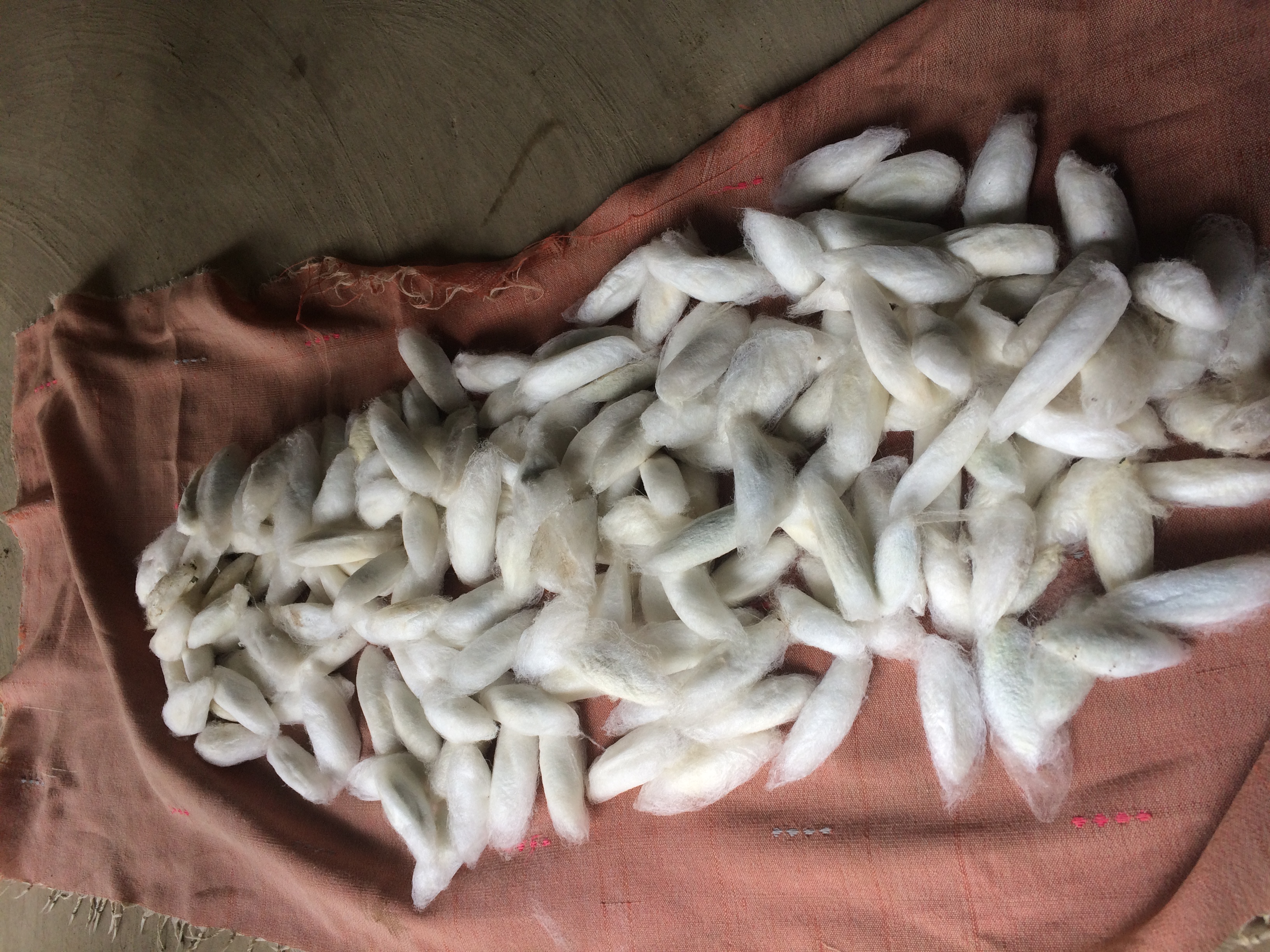ailanthus silkmoth on:
[Wikipedia]
[Google]
[Amazon]
''Samia cynthia'', the ailanthus silkmoth, is a saturniid moth, used to produce silk fabric but not as domesticated as the silkworm, '' Bombyx mori''. The moth has very large wings of , with a quarter-moon shaped spot on both the upper and lower wings, whitish and yellow stripes and brown background. There are eyespots on the outer forewings. The species was first described by Dru Drury in 1773.

 The common name, ailanthus silkmoth, refers to the host plant ''
The common name, ailanthus silkmoth, refers to the host plant ''
 A silken off-white to grey cocoon is spun on the leaves of the host. It has an obvious escape hatch.
A silken off-white to grey cocoon is spun on the leaves of the host. It has an obvious escape hatch.
''Saturnids of Western Palearctic''
Cynthia moth (''Samia cynthia'') mating
(YouTube video).
Cynthia moth (''Samia cynthia'') laying eggs
(YouTube video).
''Lepiforum e. V.''
{{Taxonbar , from=Q1462214 Saturniinae Moths of Japan Moths of Europe Moths of North America Moths of New Zealand Moths described in 1773 Taxa named by Dru Drury Sericulture
Eri silk

 The common name, ailanthus silkmoth, refers to the host plant ''
The common name, ailanthus silkmoth, refers to the host plant ''Ailanthus
''Ailanthus'' (; derived from ''ailanto,'' an Ambonese word probably meaning "tree of the gods" or "tree of heaven") is a genus of trees belonging to the family Simaroubaceae, in the order Sapindales (formerly Rutales or Geraniales). The genus ...
''. There is a subspecies, ''S. cynthia ricini'' in India and Thailand that feeds upon the leaves of castor bean, and is known for the production of eri silk, and is often referred to by the common name eri silkmoth.
The eri silk worm is the only completely domesticated silkworm other than ''Bombyx mori''. The silk is extremely durable, but cannot be easily reeled off the cocoon and is thus spun like cotton or wool.

Range
Peigler & Naumann (2003),Peigler, R.S. & Naumann, S., 2003. ''A Revision of the Silkmoth Genus'' Samia. San Antonio: University of the Incarnate Word. 230 pp., 10 maps, 228 figs. in their revision of the genus ''Samia'', listed material of true ''Samia cynthia'' examined as follows:Indigenous populations
* Asia: China (Zhejiang, Shanghai, Jiangxi, Jiangsu, Shandong, Beijing, Shanxi, Liaoning, Heilongjiang); Korea (North Pyongan, South Pyongan, Pyongyang, Kangwon, South Kyongsan, Chungcheongnam-do province)Introduced populations
These include moths that have escaped from cultivation or were introduced and naturalized: * Asia: Japan; India; Thailand * Australasia: Australia * America: Canada; United States; Venezuela; Uruguay; Brazil * Africa: Tunisia * Europe: France; Austria; Switzerland; Germany; Spain; Bulgaria; ItalyLife cycle
Eggs
Whitish eggs, marked with brown, are laid in rows of 10 to 20 on leaves in crescents. Hatching takes 7 to 10 days.Larvae
Larvae are gregarious and yellow at first. Later instars are solitary, and whitish green with white tubercules along the back, and small black dots. There are five instars, and they reach a maximum length .Pupae
 A silken off-white to grey cocoon is spun on the leaves of the host. It has an obvious escape hatch.
A silken off-white to grey cocoon is spun on the leaves of the host. It has an obvious escape hatch.
Adults
Females prepare to mate in the evening or night after emerging in late morning. Adult flight is during May and June in northern Europe, as one generation. In southern Europe a partial second generation may occur in September. Adults lack mouth parts and can neither eat nor drink.Food plants
Larvae will feed on other trees and shrubs, but all eggs are laid on the "tree of heaven" ('' Ailanthus altissima'') and growth is best on it. This tree is commonly grown as an ornamental in cities, but is considered anoxious weed
A noxious weed, harmful weed or injurious weed is a weed that has been designated by an agricultural or other governing authority as a plant that is injurious to agricultural or horticultural crops, natural habitats or ecosystems, or humans or liv ...
and vigorous invasive species
An invasive species otherwise known as an alien is an introduced organism that becomes overpopulated and harms its new environment. Although most introduced species are neutral or beneficial with respect to other species, invasive species ad ...
and is one of the worst invasive plant species in Europe and North America. The subspecies ''S. cynthia ricini'' feeds upon castor bean.
See also
* SericultureReferences
Further reading
*Tuskes, PM, JP Tuttle and MM Collins. 1996. ''The Wild Silk Moths of North America''. Cornell University Press.''Saturnids of Western Palearctic''
External links
*Cynthia moth (''Samia cynthia'') mating
(YouTube video).
Cynthia moth (''Samia cynthia'') laying eggs
(YouTube video).
''Lepiforum e. V.''
{{Taxonbar , from=Q1462214 Saturniinae Moths of Japan Moths of Europe Moths of North America Moths of New Zealand Moths described in 1773 Taxa named by Dru Drury Sericulture